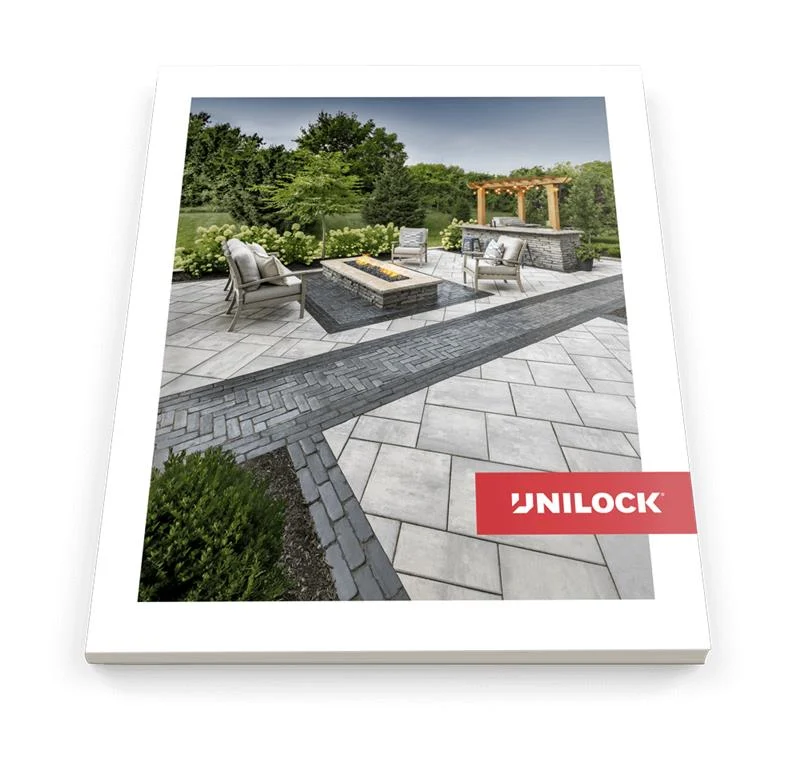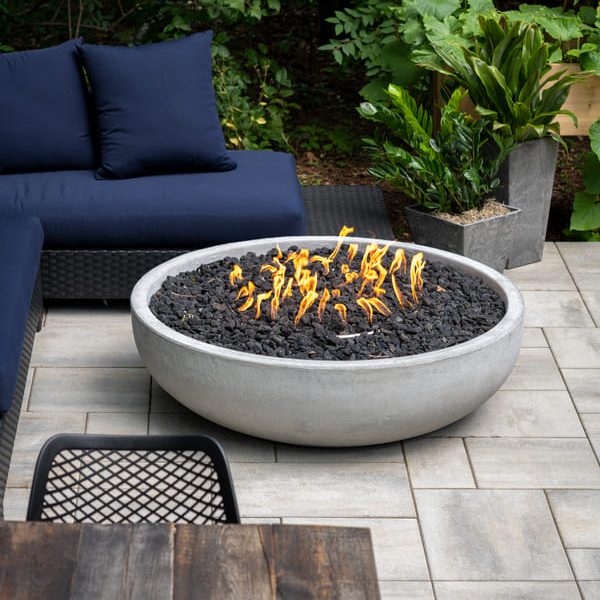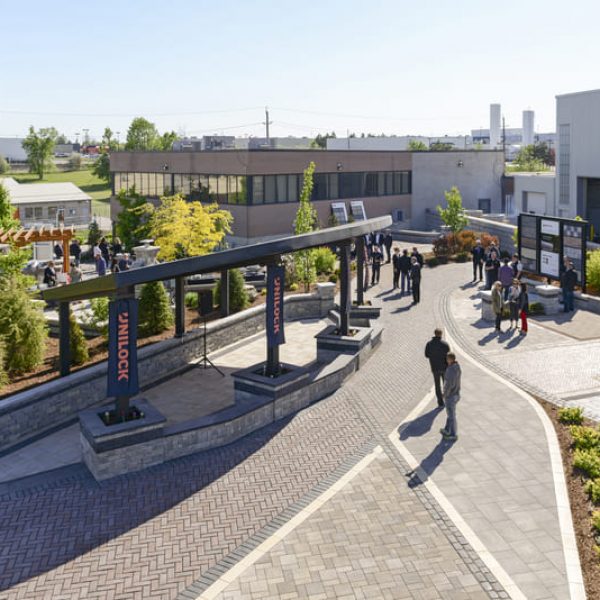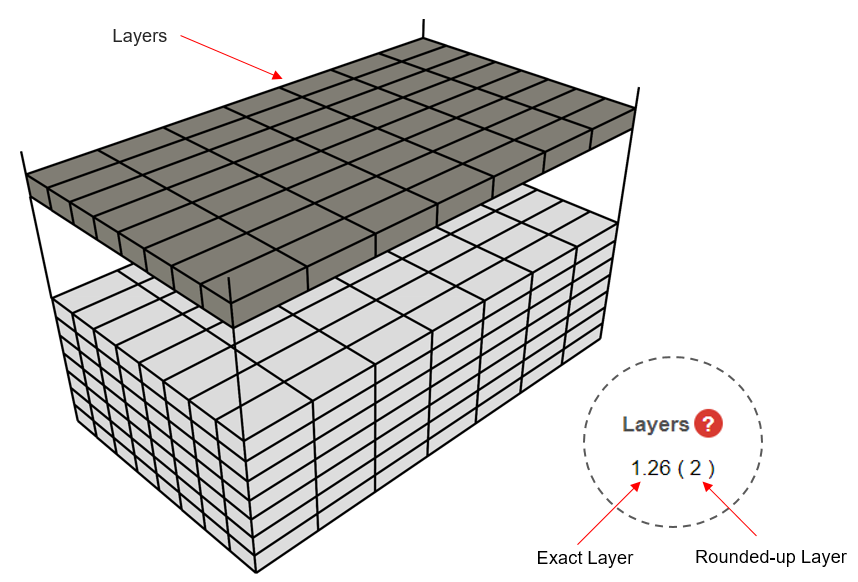Is your current patio a mess of outdoor rooms, merging into one another with no clear distinction between them? Perhaps you find that there isn’t a natural flow from one part of your patio to another and that guests often find themselves wandering aimlessly through the space, looking for a spot to settle down. You can bring order and structure to your patio through the addition of vertical structures that separate areas with different functions and atmospheres. Furthermore, connecting those rooms with small, interesting walkways can create a flow throughout your hardscape. Here are a few homeowners who achieved optimal order and functionality in their hardscapes without compromising on style.
An eco-friendly alternative
There are many ways, other than low walls, with which you can separate different outdoor rooms. Plant beds can be created in strips, interrupting the paved surface and creating borders between different areas. The geometric way in which these plant beds were designed reflects the modern aesthetic of the patio. The Rivercrest Wall fireplace also serves as a boundary between this patio’s dining area and the lounging space.
Walkways that tie the hardscape together
If you have a large backyard, your outdoor rooms may be scattered throughout the space, creating the impression that they are not part of the same hardscape. In order to create a cohesive hardscape that is visually unified, use similar pavers throughout all your outdoor rooms. Another way to bring the hardscape together is by using walkways to connect your outdoor rooms.
Platforms, steps and borders
The beautiful Copthorne kitchen above also stands out as a separate outdoor room because it rests upon a raised platform. Constructing your patio on different levels will not only result in an interesting and unique design, but will also help to make the boundaries between different areas clear.









